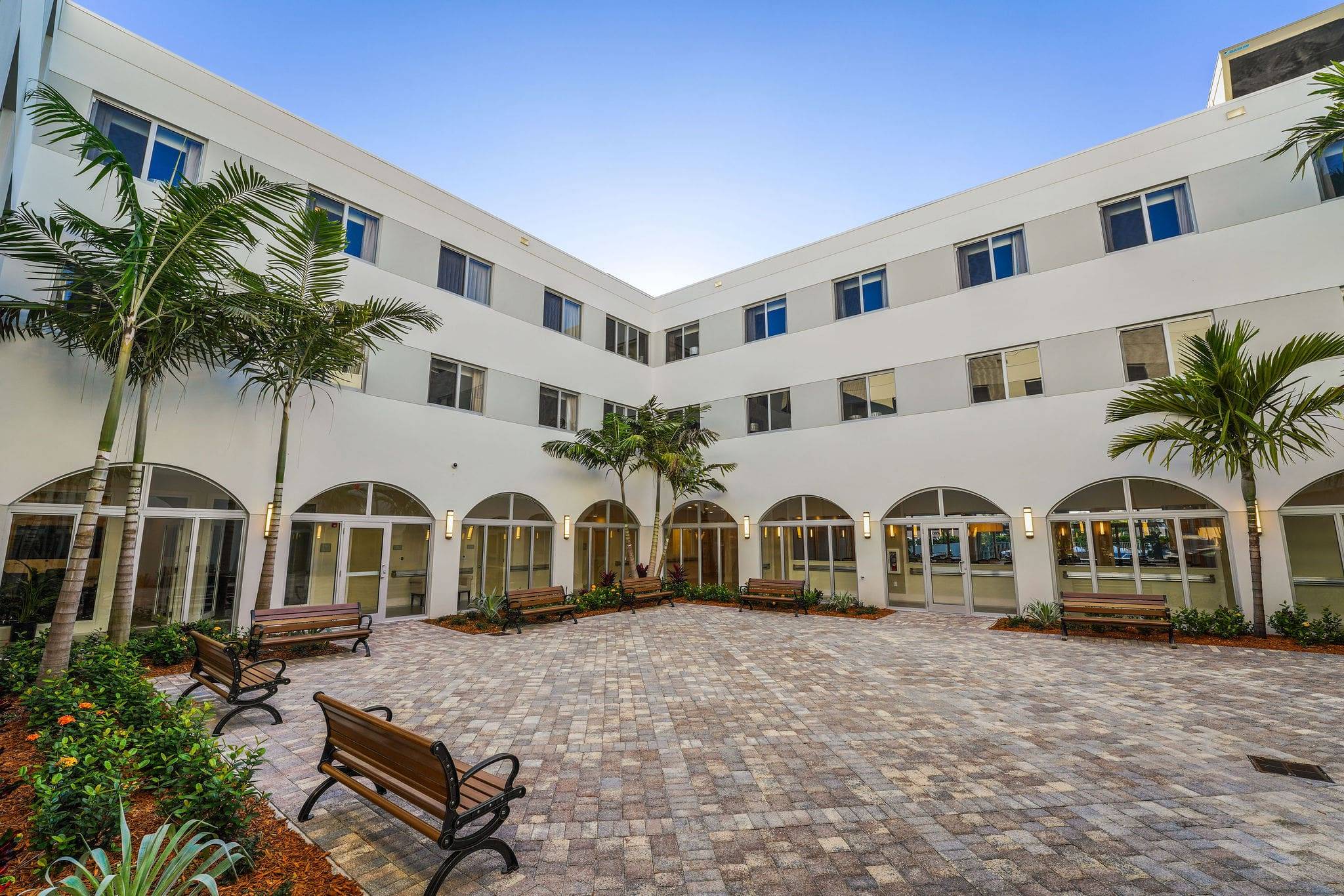
Seafood Cioppino with linguine in a tomato fennel broth. Shrimp, mussels, clams, scallops and fish.
Assisted living nutrition and dining are undergoing a revolution. Personalized meal plans, fresh local ingredients, and innovative technologies are redefining the dining experience for seniors. These changes not only improve health outcomes but also enhance the overall quality of life. Emphasizing the importance of nutrition and creating enjoyable dining environments are at the forefront of this transformation, setting the stage for a vibrant future in senior care.
Personalized Nutrition Plans
Personalized nutrition plans are transforming assisted living. Tailored dietary plans cater to each resident’s unique health needs and preferences, ensuring optimal nourishment and satisfaction. Dietitians and nutritionists play a pivotal role, assessing individual requirements and crafting meal plans that align with medical conditions, allergies, and personal tastes. This bespoke approach addresses specific health concerns such as diabetes, heart disease, and digestive issues, enhancing residents’ overall well-being.
This individualized attention also fosters a sense of care and consideration, making residents feel valued and understood. Personalized nutrition plans help mitigate health risks and encourage better eating habits and lifestyle changes. By focusing on the unique dietary needs of each resident, assisted living facilities can provide a higher standard of care, promoting a healthier and happier living environment.
Emphasis on Fresh, Local, and Organic Foods
The shift towards fresh, local, and organic foods in assisted living dining is gaining momentum. Prioritizing these ingredients not only enhances the nutritional value of meals but also supports local farmers and reduces the environmental impact. Residents enjoy the taste and quality of farm-to-table dining, which often leads to better overall health and satisfaction.
Integrating fresh and organic foods involves a commitment to sourcing the best ingredients. Many assisted living facilities now collaborate with local farms and suppliers to ensure a steady supply of seasonal produce and high-quality organic products. This approach not only guarantees the freshness of the food but also provides residents with diverse and flavorful meals.
Key Benefits of Fresh, Local, and Organic Foods:
- Enhanced Nutrition: Fresh produce retains more vitamins and minerals compared to processed or preserved foods.
- Better Taste: Organic and locally sourced ingredients often have superior flavor profiles, making meals more enjoyable.
- Environmental Impact: Sourcing locally reduces carbon footprint by minimizing transportation distances.
- Community Support: Partnering with local farms boosts the local economy and fosters a sense of community.
By emphasizing fresh, local, and organic foods, assisted living facilities can significantly improve the dining experience, promoting healthier eating habits and a greater appreciation for high-quality, sustainable ingredients.
Technology-Driven Dining Innovations
Technology is reshaping dining in assisted living. Automated meal ordering systems, nutritional tracking apps, and smart kitchen appliances streamline meal preparation and delivery.
- Automated Meal Ordering: Residents customize their meals with ease.
- Nutritional Tracking Apps: Monitor dietary intake and adjust meal plans in real-time.
- Smart Kitchen Appliances: Enhance efficiency and food quality.
These advancements ensure a more personalized and efficient dining experience, enhancing overall resident satisfaction.
Enhanced Dining Environments
Dining spaces now focus on comfort and community. Thoughtfully designed areas encourage social interaction and improve appetite.
Benefits of Enhanced Environments:
- Social Interaction: Promotes mental and emotional well-being.
- Improved Appetite: Pleasant settings stimulate better food intake.
- Community Feel: Fosters a sense of belonging and engagement.
Investing in attractive, functional dining areas makes mealtimes a highlight of the day for residents.
Catering to Special Dietary Needs
Meeting special dietary needs is crucial. Many residents have restrictions due to health conditions.
Approaches:
- Customized Menus: Tailored options for diabetes, heart health, and allergies.
- Dietitian Collaboration: Professional guidance ensures balanced nutrition.
- Diverse Options: Low-sodium, gluten-free, and heart-healthy choices available.
Providing these options ensures that all residents can enjoy nutritious and satisfying meals, tailored to their specific health requirements.
The Role of Culinary Training and Staff Expertise
Staff expertise is key to high-quality dining. Continuous training ensures up-to-date culinary skills and knowledge.
Training Focus Areas:
- Special Diets: Workshops on dietary restrictions and needs.
- Food Safety: Ensuring all meals are prepared safely.
- Innovative Cooking: New methods and techniques enhance meal variety.
Investing in culinary training boosts meal quality and staff satisfaction, leading to a more dynamic dining team and better resident experiences.
Integrating Resident Feedback and Preferences
Resident feedback shapes better dining services. Regular input ensures meals meet residents’ tastes and needs.
Feedback Methods:
- Surveys: Periodic assessments of meal satisfaction.
- Suggestion Boxes: Anonymous ideas for improvement.
- Monthly Meetings: Open discussions about dining experiences.
Incorporating feedback keeps dining services resident-focused and adaptable, enhancing overall satisfaction and community feel.
Future Trends in Assisted Living Dining
Future trends are set to revolutionize assisted living dining. Key areas include plant-based diets, sustainable practices, and advanced technology.
Highlighted Trends:
- Plant-Based Diets: Increasing popularity and health benefits.
- Sustainable Practices: Eco-friendly sourcing and waste reduction.
- Advanced Technology: Enhanced meal planning and tracking.
Embracing these trends ensures that assisted living facilities stay innovative and health-conscious, providing the best possible dining experiences for residents.
Assisted living dining is evolving rapidly, focusing on personalized nutrition, fresh and local ingredients, and cutting-edge technology. Enhanced dining environments, specialized dietary options, and continuous staff training further elevate the dining experience. By integrating resident feedback and embracing future trends, assisted living facilities can create a dynamic and enjoyable dining experience that significantly improves residents’ quality of life.







